I had not planned to spend the afternoon at a military display. It was a sick day, taken because a mild illness had left me feeling off-balance and drained. A slow walk through Cambuslang Park, right next to my house, seemed like the best way to clear my head.
The park was alive with sound and colour. The Friends of Cambuslang Park were running their Family Fun Day, and the place was full of people making the most of a bright summer afternoon before the schools went back. From the climbing wall to the spinning tea cups, face painting stalls, a reptile zoo and owls on display, every corner seemed to hold something new.
At the far side of the green, standing out among the attractions, was a green Pinzgauer High Mobility All-Terrain Vehicle with an L118 Light Gun hitched behind it. This was the stand for 207 (City of Glasgow) Battery, and it was drawing as much attention as any of the rides or animals.
The battery’s story began in 1967, formed as 207 (Scottish) Light Air Defence Battery within the 102nd (Ulster & Scottish) Air Defence Regiment. In its early years the unit’s reservists trained on 40 mm L/70 Bofors guns, then later the shoulder-launched Blowpipe missile. Their job was to keep watch on the skies during the Cold War, ready to counter airborne threats.
In 1986 they moved to the 105th (Scottish) Air Defence Regiment, and the following year were granted the “City of Glasgow” title to reflect their civic connection. By the late 1980s they were using the Javelin missile, a more modern weapon. A major change came in 2006 when the battery re-roled from air defence to field artillery. The Javelin missiles were replaced by the 105 mm L118 Light Gun, and the soldiers began to train in providing mobile fire support for troops on the ground. They remained part of 105 Regiment Royal Artillery, now a close-support artillery formation for Scotland and Northern Ireland.
The Unit Today
Today 207 Battery is based in Partick, Glasgow. Its members balance civilian jobs with part-time soldiering, training regularly to keep their skills sharp. The Light Gun they operate is light enough to be moved by helicopter, but more often is towed into position by vehicles such as the Pinzgauer I saw that day in Cambuslang Park.
Ceremonial duties remain a strong tradition. The battery regularly fires Royal Salutes at Edinburgh Castle and has marked important anniversaries with gun salutes at Glasgow Green and Dumbarton Castle.
At the Family Fun Day, the gun was silent, gleaming in the sun, and surrounded by curious onlookers. My slow walk turned into a stop, then a conversation. One reservist was speaking to a group of schoolchildren about how maths underpins everything they do. He explained how every angle, every distance, and every adjustment to the gun has to be calculated before a single shot is fired. The children listened intently, eyes fixed on the gun behind him, while parents asked questions about training and life as a reservist.
My 19-month-old son couldn’t ask questions, but his reaction spoke for him. He clambered carefully into the front of the Pinzgauer with my help, tiny hands gripping the edge of a seat, looking around at the straps, stowage, and unfamiliar smells. When we walked over to the Light Gun, he reached out to touch the cold metal, eyes fixed on its size and shape. The soldiers smiled, crouching down to his level, clearly enjoying his curiosity. Watching him take it all in, I could see how encounters like this can leave a lasting impression, even before a child has the words to describe it.
The soldiers spoke plainly and with pride. They were there to encourage interest, but also to share what their service meant to them. It was recruitment and public education, but also a neighbourly exchange in the middle of a community celebration.
Events like the Family Fun Day keep the connection between the Army Reserve and the public alive. They allow people to meet soldiers face-to-face, to see the equipment up close, and to hear first-hand what the work involves.
For 207 Battery, these moments seem to matter as much as the big ceremonial salutes. They are a chance to strengthen bonds, to show the human side of soldiering, and perhaps to inspire someone to consider wearing the uniform themselves. Whether on parade at Edinburgh Castle or standing beside a Pinzgauer in a local park, the Glasgow gunners carry their connection to the community as surely as they carry their cap badge.
The value of such engagement should not be underestimated. For reserve artillery units, sustained visibility within their own communities plays a critical role in maintaining operational viability. Public appearances offer opportunities to foster recruitment by reaching individuals who might not otherwise consider military service, while also strengthening the relationship between the armed forces and the civilian population they serve.
In a society where fewer people have direct personal or family ties to the military, these interactions help preserve an understanding of the role, responsibilities, and traditions of the armed forces. They also provide a tangible reminder that national defence is not an abstract concept confined to distant garrisons, but a shared endeavour in which local communities have both a stake and a presence. By participating in civic events, ceremonial duties, and informal public engagements, units like 207 reaffirm that their connection to the people of Glasgow is as integral to their identity as their operational role within the Royal Artillery.


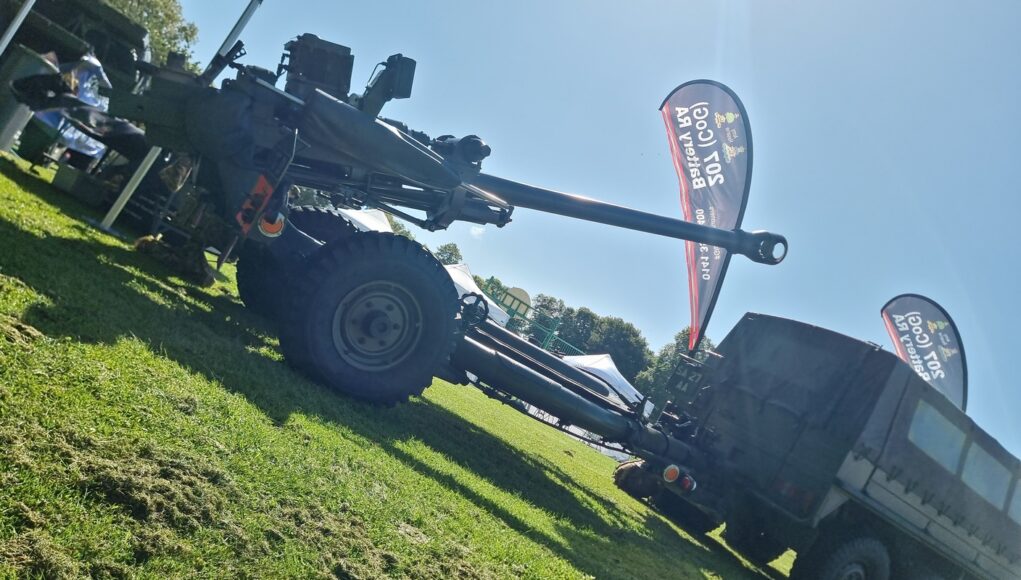




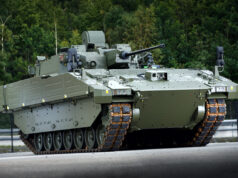
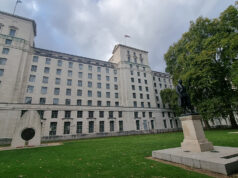


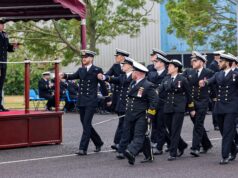

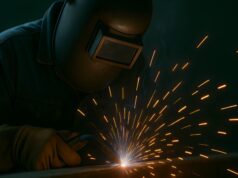


The question is George,
Did you carry a copy of the Daily Sketch (or whatever is was under your arm) and get asked if you were …………. 😀😀
Don’t have definitive data available to support this thesis, but believe events such as airshows, military displays, etc., are the most cost-effective recruiting aids available, surpassing most advertising, including television, by a country mile, and probably most official recruiters. 🤔
Hard thing to quantify but I completely agree.
The most cost effective route is unit level recruitment with the process managed by the local unit.
I’d agree. They should be expanded.
Which is why there was uproar with York council the other month banning equipment for display, as reported here.
The forces should be in the public eye not hidden out of some pathetic PR shame concerned with antagonising a minority while the MAJORITY miss out.
I really think we do such a poor job of utilising the reserve. There are so many tasks that could be handled by the reserve, particularly around home defence. Tasks like air defence, which will need to be scaled with the threat and will need wide coverage, could be reserve tasks. Local units defending local infrastructure. We could be doing so much more to boost capacity with the reserve without massive increases of the regular forces.
One problem is that the AR has little kit beyond uniform, IW, and B vehicles.